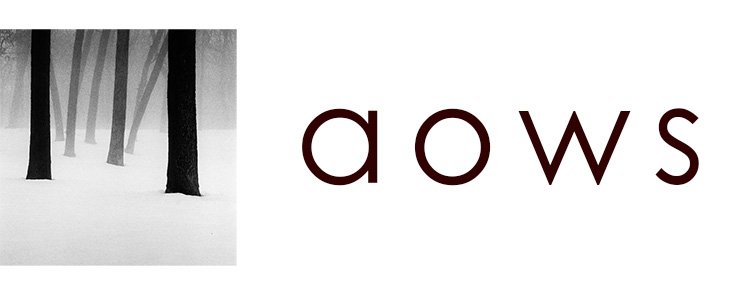More megapixels doesn't mean better photographs... but in many ways, high resolution sensors can make our lives as photographers much easier, and enable us to do things we couldn't do with fewer pixels.
sony a7riv
Why I shoot with a high resolution camera (A7Riv)
For the past five years, I’ve been using high-resolution full-frame cameras for my photography -- starting with the A7Rii, and now the A7Riv. This choice might seem surprising, especially given the type of images I create.
The reason is very simple: cropping.
I crop every single photograph I take, even when I get the perfect framing in-camera. Creating square images means I “discard” a third of the pixels, every single time.
A7Riv’s 61MP let me crop even further, and I often do. Switching to APS-C mode gives that extra reach I sometimes need, effectively turning my 28-200mm superzoom into a 28-300mm, while still producing large, detailed files.
In fact, in APS-C mode, the A7Riv matches the 26MP of a dedicated crop-sensor camera like the a6700. This means I can mount a lens like the 70-350mm and get an equivalent 525mm focal length in a compact setup -- much smaller than the full-frame counterparts. Or mount a prime like the 35mm 1.4 and "switch" to 50mm with the press of a button.
So, it’s not about having 61MP images; I couldn’t care less about that. It's about the flexibility those megapixels give me: I don't have to carry as much gear; or I can shoot in bad weather and not have to worry about switching lenses to get the focal length I need. I like camera gear that gets out of the way, because I can focus on what really matters: subject and composition.
